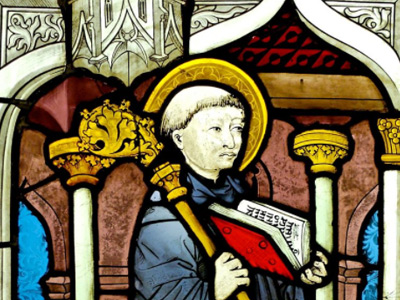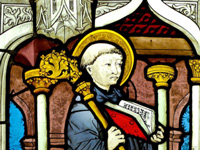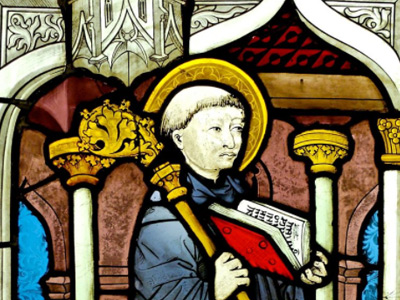Second Crusade (1147–1149)

Forces
Christian Crusaders
The German contingent comprised about 2,000 knights; the French contingent had about 700 knights from the king’s lands while the nobility raised smaller numbers of knights; and the Kingdom of Jerusalem had about 550 knights and 6,000 infantrymen.
Both the French The Kingdom of France is the historiographical name or umbrella term given to various political entities of France in the medieval and early modern period. It was one of the most powerful states in Europe since the High Middle Ages. It was also an early colonial power, with possessions around the world. Colonial conflicts with Great Britain led to the loss of much of its North American holdings by 1763. The Kingdom of France adopted a written constitution in 1791, but the Kingdom was abolished a year later and replaced with the First French Republic. and German contingents had huge numbers of camp followers, most of whom did not survive the Crusade. As the monk, Odo of Deuil, noted "the weak and helpless are always a burden to their commanders and a source of prey to their enemies".
The Kingdom of France is the historiographical name or umbrella term given to various political entities of France in the medieval and early modern period. It was one of the most powerful states in Europe since the High Middle Ages. It was also an early colonial power, with possessions around the world. Colonial conflicts with Great Britain led to the loss of much of its North American holdings by 1763. The Kingdom of France adopted a written constitution in 1791, but the Kingdom was abolished a year later and replaced with the First French Republic. and German contingents had huge numbers of camp followers, most of whom did not survive the Crusade. As the monk, Odo of Deuil, noted "the weak and helpless are always a burden to their commanders and a source of prey to their enemies".
The French knights preferred to fight on horseback, while the German knights liked to fight on foot. The Roman chronicler John Kinnamos wrote "the French are particularly capable of riding horseback in good order and attacking with the spear, and their cavalry surpasses that of the Germans in speed. The Germans, however, are able to fight on foot better than the French and excel in using the great sword".
Conrad III was considered to be a brave knight, though often described as indecisive in moments of crisis. Louis VII was a devout Christian with a sensitive side who was often attacked by contemporaries like Bernard of Clairvaux for being more in love with his wife, Eleanor of Aquitaine, than being interested in war or politics.
Islamic
Muslim forces in this period comprised small bodies of professional troops, which were augmented by volunteers and conscripts in times of war. The largest of the Muslim states at the time, the Turkish Great Seljuk Sultanate, which ruled most of what is modern Iran and Iraq had about 10,000 full-term soldiers. The number of troops available to the Syrian states was much smaller. The core of the professional troops were the ghulam or mamluk, who were trained for war since childhood. The cost of raising and training a mamluk was about 30 dinars (by contrast, a good horse in Syria went for about 100 dinars).
To compensate for their quantitative weaknesses, the Muslim states sought qualitative superiority. The professional soldiers of the Muslim states, who were usually ethnic Turks, tended to be very well-trained and equipped. The basis of the military system in the Islamic Middle East was the iqta' system of fiefs, which supported a certain number of troops in every district. In the event of war, the ahdath militias, based in the cities under the command of the ra’is (chief), and who were usually ethnic Arabs, were called upon to increase the number of troops. The ahdath militia, though less well trained than the Turkish professional troops, were often very strongly motivated by religion, especially the concept of jihad. Further support came from Turkoman and Kurdish auxiliaries, who could be called upon in times of war, though these forces were prone to indiscipline.
The principal Islamic commander was Mu'in al-Din Anur, the atabeg of Damascus from 1138 to 1149. Damascus was supposedly ruled by the Burid amirs of Damascus, but Anur, who commanded the military, was the real ruler of the city. The historian David Nicolle described Anur as an able general and diplomat, also well known as a patron of the arts. Because the Burid dynasty was displaced in 1154 by the Zangid dynasty, Anur's role in repulsing the Second Crusade has been largely erased with historians and chroniclers loyal to the Zangids giving the credit to Anur's rival, Nur ad-Din Zangi, the amir of Aleppo.
HISTORY

RESOURCES
This article uses material from the Wikipedia article "Second Crusade (1147–1149)", which is released under the Creative Commons Attribution-Share-Alike License 3.0.
© Stories Preschool. All Rights Reserved.






